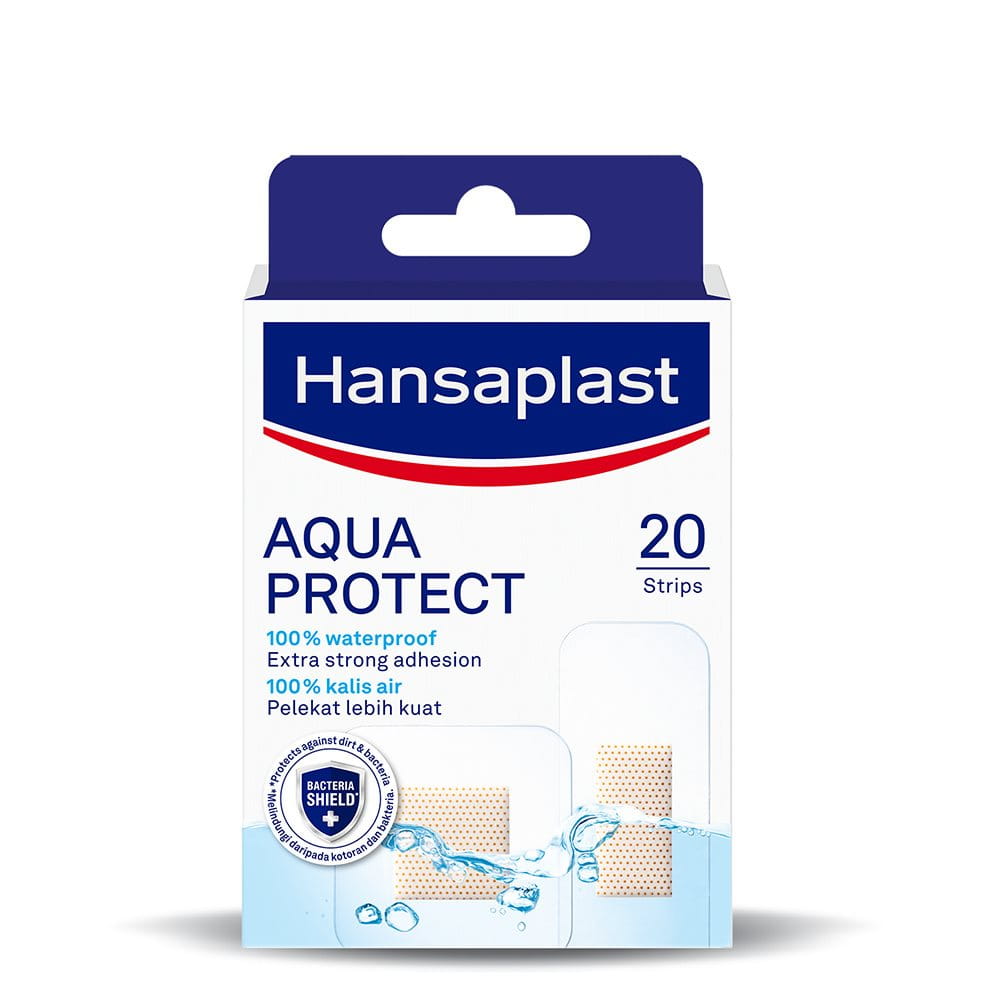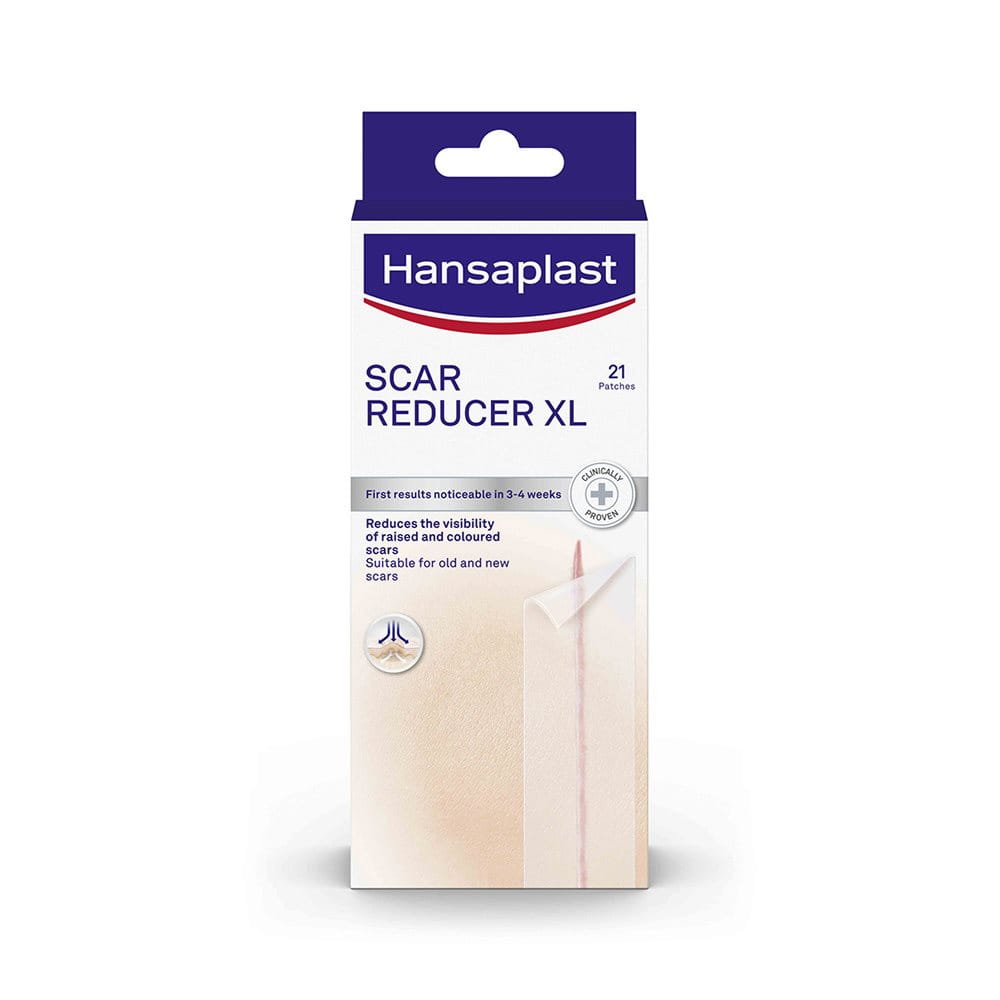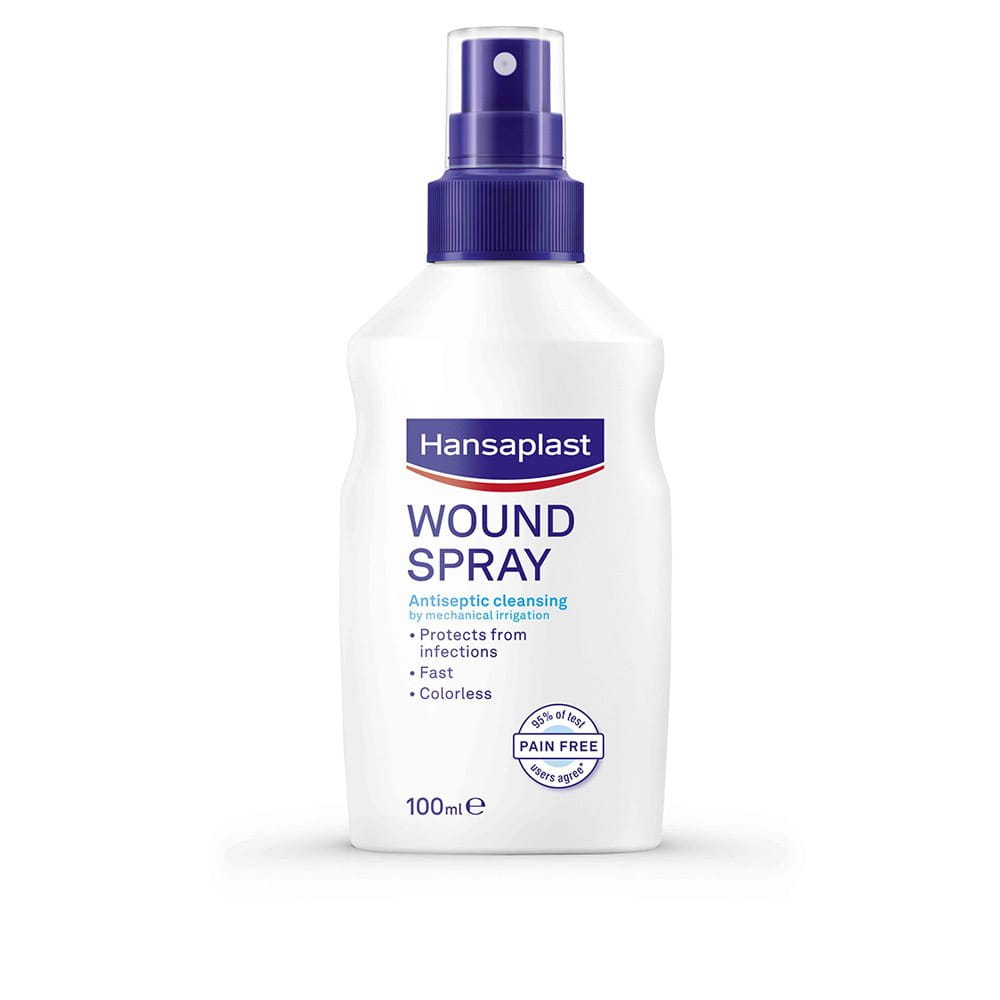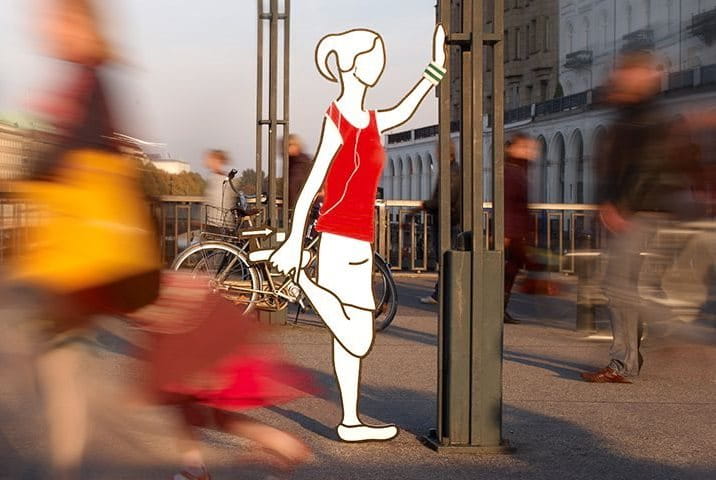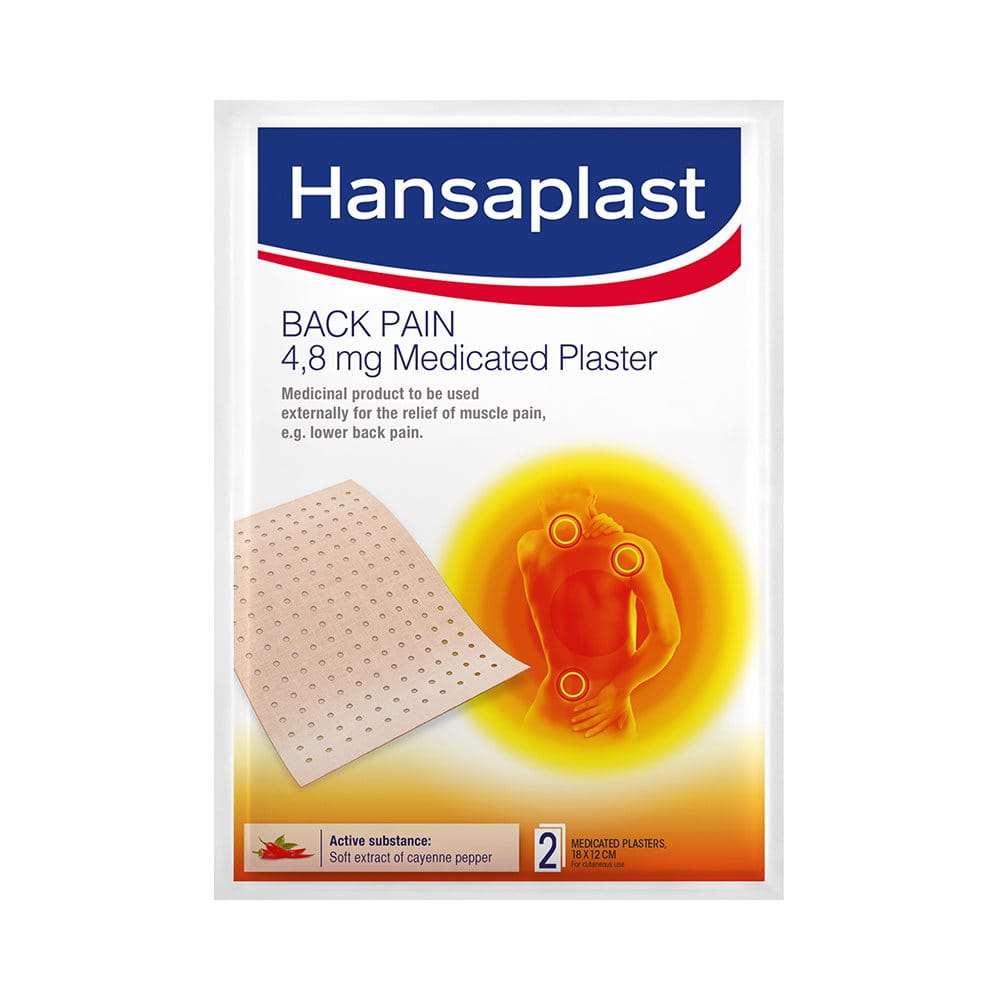So you have an office job and spend at least 40 hours a week sitting in front of your computer? And your shoulder/neck area is in knots, or your lower back hurts? Don’t worry. This does not mean anything is getting damaged or your body getting “worn out” from work.
Details Can Make All The Difference
Most of us who work in offices will experience back or neck shoulder pain at some time. Usually the pain is not due to anything serious and settles within a matter of days or weeks. It is simply that muscles and muscle groups that are not physically challenged might shorten or become weaker, others will become tense or cramped. This is only natural if you spend a lot of time at a desk, but can be avoided if you are proactive about your own health and fitness.
Forget blaming your office chair
What many people don’t know: your work environment (be it the position of your computer, the height of your desk or the ergonomic shape of your chair) only has a very slight influence on how your body reacts. So forget blaming your office chair. It’s not your chair, it’s probably you!

You might find that if you are following an activity that is exciting and interesting to you, pain is much less likely to occur, whereas in times of stress or discontentment, be it personal or work-related, pain might increase.
So the key is for you to find out: What can you do to me more pro-active about preventing pain? We have compiled a few helpful tips for you.
Avoiding Back Pain And Neck/shoulder Tension
No chance for occasional strains and sprains
Find out what your personal triggers of tension (stress, conflicts at the workplace, personal problems) are and what role they might play and try to reduce them.
Lots of back pain is related to stress and psychological strain.
Treat yourself to physical exercise to balance out stationary work: Try to work out at least three times a week. Try running, go to the gym or do some gymnastics. This will not only stretch and strengthen your muscles, but also free your head of stress.
And remember that challenging your body and activating your muscles is key in preventing tense muscles and back pain in the long run.
Try to sit as ACTIVELY as possible. Change your sitting position as often as possible, stand up from time to time and stretch.
Lots of back pain is related to stress and psychological strain.
Treat yourself to physical exercise to balance out stationary work: Try to work out at least three times a week. Try running, go to the gym or do some gymnastics. This will not only stretch and strengthen your muscles, but also free your head of stress.
And remember that challenging your body and activating your muscles is key in preventing tense muscles and back pain in the long run.
Try to sit as ACTIVELY as possible. Change your sitting position as often as possible, stand up from time to time and stretch.
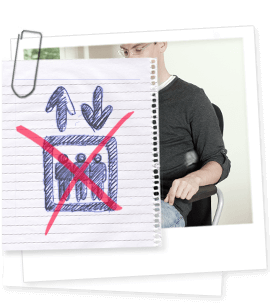

If in an office environment, use every chance you can get to or move around: Take the stairs instead of using the lift. Make use of lunch breaks for a brisk walk.
Try to get out of the rut if you feel you are stuck in one.
If stressed, try relaxation techniques (such as yoga breathing exercises) that you can even do at your desk.
No time to go to the gym? Follow some of the simple exercises specifically designed for office workers from our video library.
MOVE IT! If you must sit at your desk for an extended time, change position often and give your back a break by standing up and walking around every hour or so, or doing some exercises. Take every chance you can get to move around, Choose the stairs over the lift. You will find a choice of exercises tailor-made for office situations and extended periods of sitting in our video library.
What If Back Pain Strikes?
What can you do to help yourself?
A list of simple do’s and don’ts that will help you deal with back pain and let you get on with your life.
Treat Yourself To Heat
Relax your neck and shoulder area
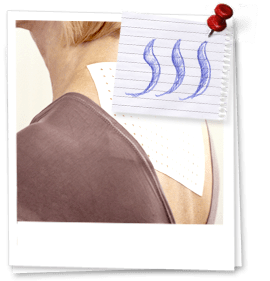
Heat increases the blood flow, relaxes tissues and can improve your mobility.
Apply a Hansaplast ABC plaster which provides sustained intense heat and at the same time blocks the transmission of pain.
Please note that none of the above given tips or recommendations substitute medical advice. Important: consult a health professional in case of an injury or if you suspect overuse of joints or a medical condition such as a fracture. A physician should be consulted in those acute cases when the condition is accompanied by reddening, swelling or hyperthermia of joints, ongoing joint trouble or severe pain and/or are associated with neurological symptoms (e.g. numbness, tingling, loss of motion). For further information regarding Hansaplast products, please contact us via email on phc@beiersdorf.com. Carefully read the instructions for use given in our products‘ packages.
